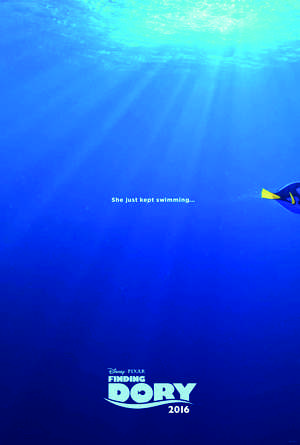It took 113 days, but the NHL lockout is finally over. During the first weekend of January, both the NHL and NHLPA ratified the latest 10 year collective bargaining agreement (CBA). At around 4:45, on the morning of Jan 6, after a near 16-hour bargaining session, NHL commissioner Gary Bettman and NHLPA executive director Donald Fehr announced that they had reached a tentative agreement surround the main issues restricting a new deal. After lawyers from both sides put the new agreement on paper, the owners and players were finally able to vote on a deal that would start the season as early as Jan 19. Both sides passed.
It took until the wee hours of the morning to compromise on the main issues that separated the two sides for the longest time. The finalized terms included a limit of eight years on contract extensions and seven years on new contracts, a salary cap of $64.3 million in the second season (leaving a transition year for teams), and a deal on player pensions. The deal was settled with the help of US federal mediator Scot Beckenbaugh, who was an instrumental piece in helping the two sides come to an agreement.
The new 48 game season, which is already underway, is slated to continue until Apr 27. The one glaring difference is that the new schedule does not include any inter-conference games.
In terms of fan support, it has yet to be seen how much damage has been caused by the lockout. It is already known that the league lost massive amounts of money during the work stoppage, but that may pale in comparison to the possible damage done to the NHL’s brand name. It could be possible that once the smoke clears and the dust settles, that nothing has changed and everything will go back to normal. It could also reveal that there is a huge dent in the NHL’s image that may never be buffered out. Whatever the results may be, the only important thing in fan’s minds is that hockey is finally back.







